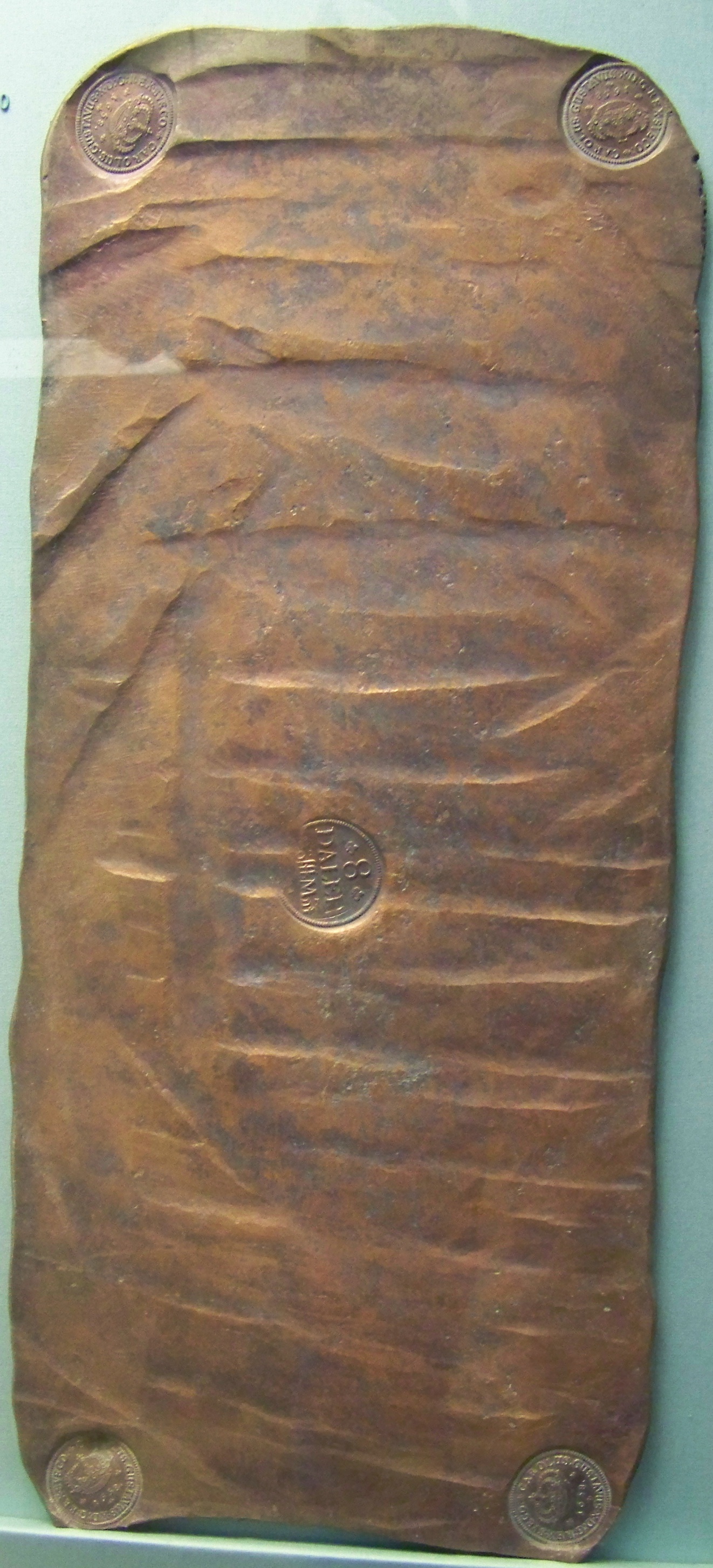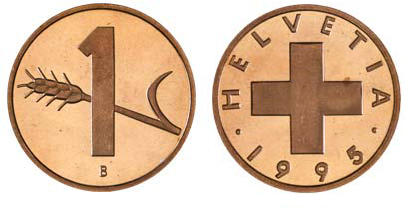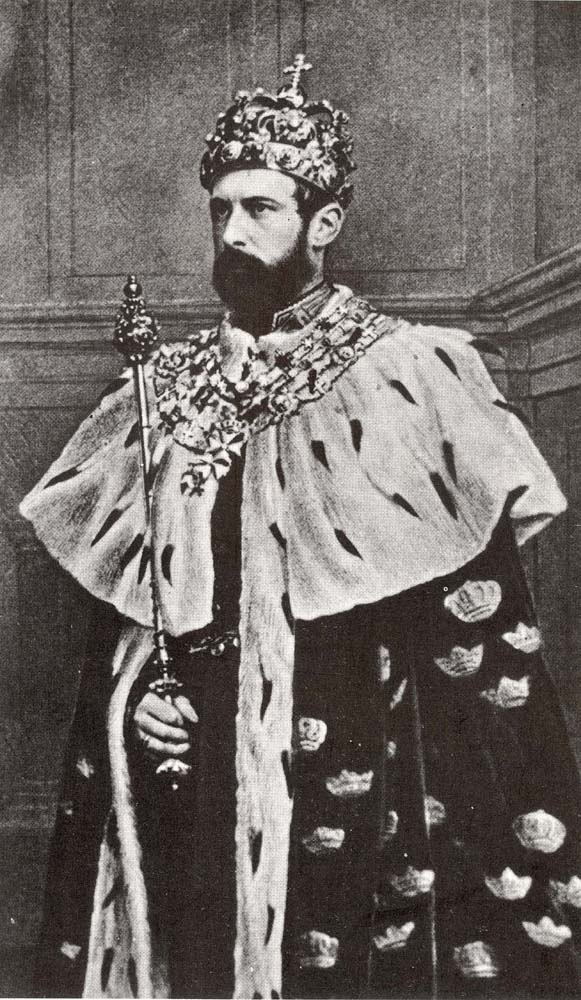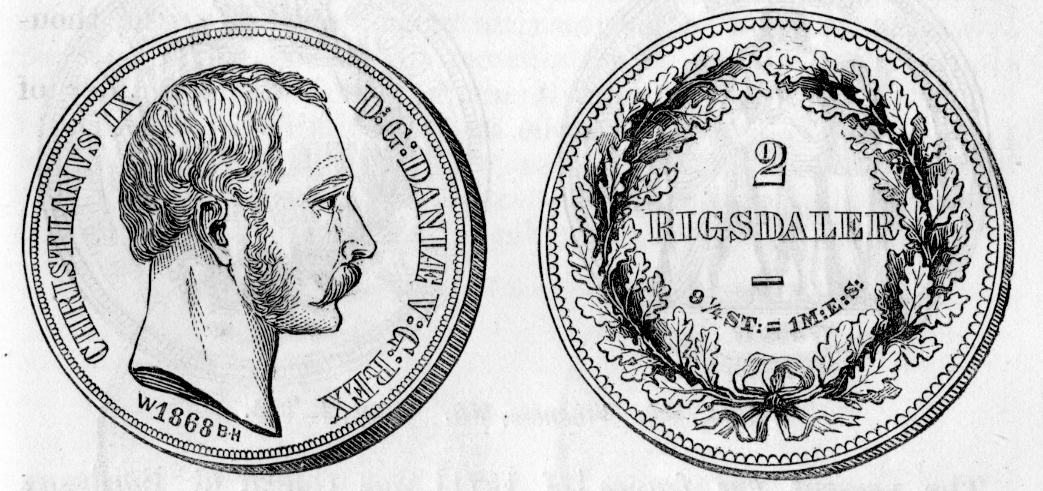|
öre
Öre () is the centesimal subdivision of the Swedish krona. In the Swedish language, the plural of ''öre'' is either ''öre'' (indefinite) or ''ören'' (definitive). The name ''öre'' derives from the Latin word ''aereus/aurum'', meaning gold. The corresponding subdivisions of the Norwegian krone, Norwegian and Danish krones are called øre. Öre coins have been withdrawn since 2010, but the unit remains. History During the Middle Ages, the öre was a unit of Swedish currency equal to 1/8 of a ''Mark (currency), mark'', 3 ''örtugar'' or either 24, 36 or 48 ''Swedish penning, penningar'' (depending on the geographical area in which it was used). It was already a unit of account in the 11th century, but was not minted as a coin until 1522. This öre was withdrawn in 1776, but returned in 1855 as Decimalisation, of the Swedish riksdaler, riksdaler. The riksdaler was replaced by the ''krona'' in 1873 (one riksdaler equalling one krona), but ''öre'' remained the name of the mino ... [...More Info...] [...Related Items...] OR: [Wikipedia] [Google] [Baidu] |
Swedish Krona
The krona (; plural: ''kronor''; sign: kr; code: SEK) is the currency of Sweden. Both the ISO code "SEK" and currency sign "kr" are in common use for the krona; the former precedes or follows the value, the latter usually follows it but, especially in the past, it sometimes preceded the value. In English, the currency is sometimes referred to as the Swedish crown, as means " crown" in Swedish. The Swedish krona was the ninth-most traded currency in the world by value in April 2016. One krona is subdivided into 100 '' öre'' (singular; plural ''öre'' or ''ören'', where the former is always used after a cardinal number, hence "50 öre", but otherwise the latter is often preferred in contemporary speech). Coins as small as 1 öre were formerly in use, but the last coin smaller than 1 krona was discontinued in 2010. Goods can still be priced in ''öre'', but all sums are rounded to the nearest krona when paying with cash. The word ''öre'' is ultimately derived from the Latin w ... [...More Info...] [...Related Items...] OR: [Wikipedia] [Google] [Baidu] |
Cash Rounding
Cash rounding or Swedish rounding (New Zealand English) occurs when the minimum unit of account is smaller than the lowest physical denomination of currency. The amount payable for a cash transaction is rounded to the nearest multiple of the minimum currency unit available, whereas transactions paid in other ways are not rounded (for example electronic funds transfer such as with payment cards, or negotiable instruments such as cheques). Cash rounding typically occurs when low-denomination coins are removed from circulation owing to inflation. Cash rounding may be a compulsory legal requirement if such coins are no longer legal tender, or a voluntary practice where they remain in circulation but are scarce or impractical. Cash rounding () was introduced in Sweden in 1972 when 1 and 2 öre coins were withdrawn from circulation, and has continued to be applied at incremental levels as smaller denomination coins have been withdrawn. The current level of cash rounding in Sweden is ... [...More Info...] [...Related Items...] OR: [Wikipedia] [Google] [Baidu] |
Swedish Riksdaler
The Svenska riksdaler () was the name of a Swedish coin first minted in 1604. Between 1777 and 1873, it was the currency of Sweden. The daler, like the dollar,''National Geographic''. June 2002. p. 1. ''Ask Us''. was named after the German Thaler. The similarly named Reichsthaler, rijksdaalder, and rigsdaler were used in Germany and Austria-Hungary, the Netherlands, and Denmark-Norway, respectively. ''Riksdaler'' is still used as a colloquial term for krona, Sweden's modern-day currency. History Penning accounting system The ''daler'' was introduced in 1534. It was initially intended for international use and was divided into 4 marks and then a mark is further subdivided into 8 öre and then an öre is further subdivided into 24 pennings. In 1604, the name was changed to ''riksdaler'' ("daler of the realm", cf. Reichsthaler). In 1609, the riksdaler rose to a value of 6 mark when the other Swedish coins were debased but the riksdaler remained constant. From 1624, dale ... [...More Info...] [...Related Items...] OR: [Wikipedia] [Google] [Baidu] |
Swedish Penning
The penning or penny was the Swedish variant of the Norwegian penning that was minted from about 1150 until 1548, and which remained as a unit of account in Sweden until 1777. Originally, penning was first minted in Norway by the kings of Norway, Norwegian king Olaf Tryggvason from the year 995, and was later adapted in both Sweden and Denmark as a coin system. The penning was minted in imitation of the Penny, pennies, pfennig and Denier (coin), deniers issued elsewhere in Europe. However, although based on these coins, the accounting system was distinct, with different systems operating in different regions. All used the ''öre'' (derived from the Latin ''aureus'') which was worth 1/8 of a Mark (money), mark or 3 örtugar. However, in Svealand, one öre was worth 24 penningar, but in Götaland it was worth 48 penningar and 36 in roughly the Diocese of Linköping and on Gotland. Around 1300, by royal command, the Svealand standard became the national standard, except on Gotland. The ... [...More Info...] [...Related Items...] OR: [Wikipedia] [Google] [Baidu] |
Withdrawal Of Low-denomination Coins
The withdrawal of a country's lowest-denomination coins from circulation (usually a one- cent coin or equivalent) may either be through a decision to remove the coins from circulation, or simply through ceasing minting. Reasons This withdrawal may be due to the high cost of production, since the coin may be worth less than its cost of production. For example, when Canada phased out its penny in 2012, its production cost was 1.6 cents per penny. Other reasons include low purchasing power and low utility. Often coins are withdrawn after their purchasing power has been eroded after decades of inflation. In Switzerland, the 1 Rappen coin had fallen into disuse by the early 1980s, but was still produced until 2006, albeit in ever decreasing quantities. Conversely, the British Treasury department initially argued for the retention of the ''decimal'' halfpenny, on the grounds that its withdrawal would drive up inflation. In some countries, such as New Zealand, withdrawn coins are decl ... [...More Info...] [...Related Items...] OR: [Wikipedia] [Google] [Baidu] |
øre
Ă˜re (plural ''øre'', , ) is the centesimal subdivision of the Danish and Norwegian krone. The Faroese division is called the ''oyra'', but is equal in value to the Danish coin. Before their discontinuation, the corresponding divisions of the Swedish krona and the Icelandic krĂ³na were the öre and the eyrir, respectively. The name ''øre/öre'' derives from Latin '' aureus'' "golden". The Norwegian 10-øre coin was deprecated on 23 February 1992 and ceased to be legal tender in 1993. From then on, the only Norwegian coin in use with a value below NOK 1 was the 50-øre coin, which was also deprecated on 1 May 2012. The original value were the 1, 2, 5, 10, 25, and 50-øre coins. The Danish 25 øre coin ceased to be legal tender on 1 October 2008. The only Danish coin currently in use with a value below DKr 1 is the 50 øre. See also * Heller (money) (subdivision of Czech and Slovak crowns) * FillĂ©r (subdivision of Hungarian forint) * Other coin names that are der ... [...More Info...] [...Related Items...] OR: [Wikipedia] [Google] [Baidu] |
Gustaf VI Adolf Of Sweden
Gustaf VI Adolf (Oscar Fredrik Wilhelm Olaf Gustaf Adolf; 11 November 1882 – 15 September 1973) was King of Sweden from 29 October 1950 until his death in 1973. He was the eldest son of Gustaf V and his wife, Victoria of Baden. Before Gustaf Adolf acceded to the throne, he was crown prince for nearly 43 years during his father's reign. As king, and shortly before his death, he gave his approval to constitutional changes which removed the Swedish monarchy's last political powers. He was a lifelong amateur archeologist particularly interested in Ancient Italy, Ancient Italian cultures. Birth Gustaf Adolf was born on 11 November 1882, at Stockholm Palace. At birth he was created Duke of Scania. A patrilineal member of the House of Bernadotte, Gustaf Adolf was also descended from the House of Vasa through maternal lines. Through his mother, he was a descendant of Gustav IV Adolf of the House of Holstein-Gottorp (Swedish line), House of Holstein-Gottorp. Gustaf Adolf was the eldest ... [...More Info...] [...Related Items...] OR: [Wikipedia] [Google] [Baidu] |
Fyrk
A fyrk was a monetary unit used in Sweden in the 15th to 17th century, with a value of between 1/6 and 1/2 öre. The word is derived from Middle Low German ''vereken'' (''vierichen'') and ultimately from ''ver'' or ''vier'', a monetary unit (from ''vier'', "four"). After the monetary unit had been abolished, the word remained in use in the general sense of "small money", " pennies", "an insignificant sum"; and as a slang word for "money" in Finland Swedish, from where it is borrowed in Finnish slang (as ). With the Swedish municipal reforms of 1862, the unit fyrk was re-used as a unit for counting voting rights in the municipal election. Voting rights were graded according to income and assets, counted in ''fyrks'' and recorded in the , the "fyrk counting list" for each municipality. It was in use from 1863 to 1909. The or "road fyrk", a unit for road tax, remained in use until 1937. Up until 17th century fyrks were minted from silver; later the copper was used as the value of ... [...More Info...] [...Related Items...] OR: [Wikipedia] [Google] [Baidu] |
Charles XV Of Sweden
Charles XV or Carl (''Carl Ludvig Eugen''; Swedish language, Swedish and Norwegian language, Norwegian officially: ''Karl''; 3 May 1826 – 18 September 1872) was King of Sweden and List of Norwegian monarchs, Norway, there often referred to as Charles IV, from 8 July 1859 until his death in 1872. Charles was the third Swedish monarch from the House of Bernadotte. He was the first one to be born in Sweden, the first to grow up speaking Swedish as his first language, and the first to be raised from birth in the Church of Sweden, Lutheran faith. Biography Early life He was born in Stockholm Palace, Stockholm, in 1826 and dubbed Scania#Dukes, Duke of Scania at birth. Born the eldest son of Oscar I of Sweden, Crown Prince Oscar of Sweden and his wife Josephine of Leuchtenberg, Crown Princess Josephine, he would be second in line to the throne of his grandfather, the ruling King Charles XIV John of Sweden. During his childhood he was placed in the care of the royal governess, Coun ... [...More Info...] [...Related Items...] OR: [Wikipedia] [Google] [Baidu] |
Decimalisation
Decimalisation or decimalization (see American and British English spelling differences, spelling differences) is the conversion of a system of currency or of weights and measures to units related by Power of 10, powers of 10. Most countries have decimalised their currencies, converting them from non-decimal sub-units to a decimal system, with one basic currency unit and sub-units that are valued relative to the basic unit by a power of 10 (number), 10, most commonly 100 and exceptionally 1000, and sometimes at the same time, changing the name of the currency and/or the conversion rate to the new currency. Today, only two countries have ''de jure'' non-decimal currencies, these being Mauritania (where 1 Mauritanian ouguiya, ouguiya = 5 khoums) and Madagascar (where 1 Malagasy ariary, ariary = 5 iraimbilanja): however, these currencies are ''de facto'' decimal as the value of both currencies' main unit is now so low that the sub-units are too small to be of any practical use, and ... [...More Info...] [...Related Items...] OR: [Wikipedia] [Google] [Baidu] |
Danish Krone
The krone (; plural: ''kroner''; sign: kr.; code: DKK) is the official currency of Denmark, Greenland, and the Faroe Islands, introduced on 1 January 1875. Both the ISO code "DKK" and currency sign "kr." are in common use; the former precedes the value, the latter in some contexts follows it. The currency is sometimes referred to as the Danish crown in English, since ''krone'' literally means crown. Krone coins have been minted in Denmark since the 17th century. One krone is subdivided into 100 ''øre'' (; singular and plural), the name ''øre'' is probably derived from the Latin word for gold. Altogether there are ten denominations of the krone, with the smallest being the 50 øre coin (one half of a krone). Formerly there were more øre coins, but those were discontinued due to inflation. The krone is pegged to the euro via the ERM II, the European Union's exchange rate mechanism. Adoption of the euro is favoured by some of the major political parties; however, a 20 ... [...More Info...] [...Related Items...] OR: [Wikipedia] [Google] [Baidu] |
örtug
Ă–rtug or ortig (Finnish: ''äyrityinen'', ''aurto'' or ''aurtua'') was a Middle Ages, medieval currency unit in Sweden. It was originally minted as a silver coin in 1370 during the reign of king Albert, King of Sweden, Albert of Sweden. The coin weighed about 1.3 grams and consisted of 81% silver. As time passed, the örtug was debasement, debased: during the reign of Eric of Pomerania, the örtug contained 0.88 grams of silver; under Christian I of Denmark, Christian I, 0.7 grams; and in 1534 only 0.54 grams of silver. During the reign of Gustav I of Sweden, Gustav Vasa (1523–1560), the monetary system of Sweden was reformed: an örtug was now subdivided into 12 pennings, not 8 as before, while still valued as one third of an öre. Ă–rtug coins were struck during the years 1523–1534; 1535–1540 in Stockholm; 1528–1531 in VästerĂ¥s and 1589–1589 in Stockholm and Uppsala. Production ceased after another monetary reform in 1776. The örtug is also used as the official n ... [...More Info...] [...Related Items...] OR: [Wikipedia] [Google] [Baidu] |






